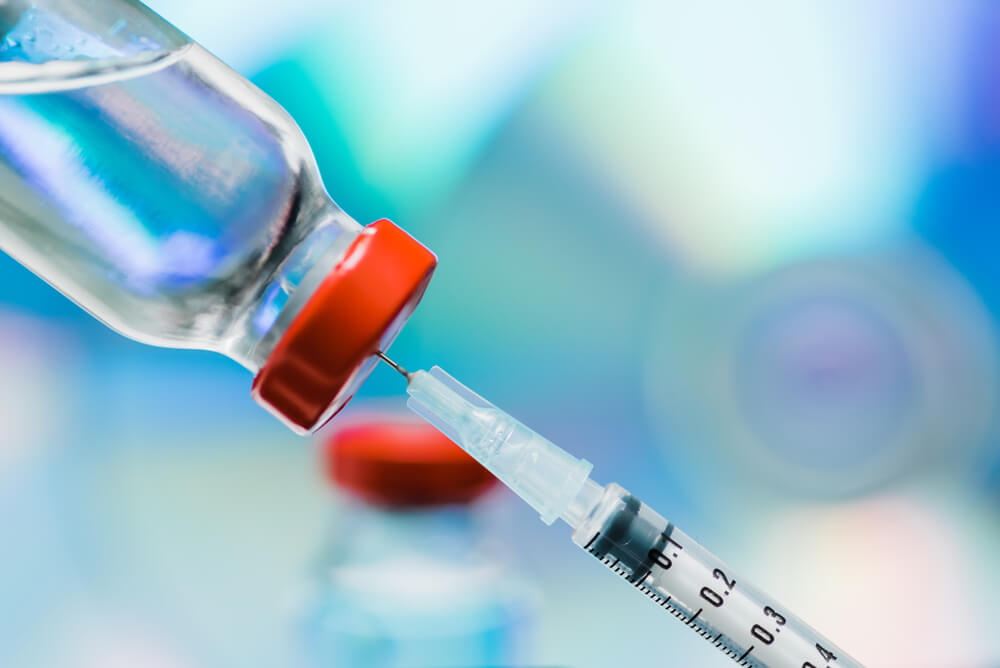Blog
What Does Anxiety Feel Like: Physical Symptoms Of Anxiety
Much of modern life moves at a rapid, unrelenting pace.
MMR Vaccine: Protection from Measles, Mumps, and Rubella
The MMR vaccine, that stands for Measles, Mumps, Rubella vaccine,
Health & Wellness Tips: Improving Your General Health
In the hustle and bustle of today's fast-paced world, prioritizing
Sedentary Lifestyle: How To Improve Your Lifestyle
A sedentary lifestyle is a kind of living characterized by
Top Essential Questions to Ask Your Doctor: Comprehensive Guide
Effective communication is one of the most pivotal aspects of
Effective Methods for Living with Chronic Pain – A Comprehensive Guide
Chronic pain, as its name implies, is a constant, recurring
Practical Tips on How to Avoid Varicose Veins – Preventive Guide
Varicose veins, the gnarled, enlarged veins that often appear in
Comprehensive Guide to Varicella Immunization: Benefits & Side Effects
Varicella, commonly known as chickenpox, is an infectious disease that
Tips For Passing a Kidney Stone & How To Prevent Them
Experiencing a kidney stone can be a distressing and often










